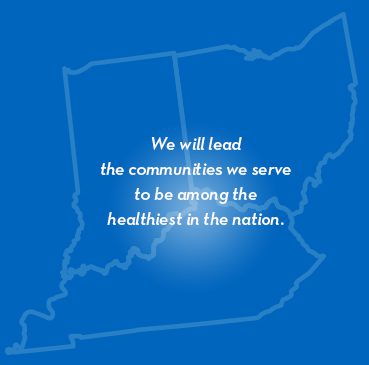Behavioral Health: Changing Family Trees
According to the American Medical Association, behavioral health generally refers to mental health and substance use disorders, life stressors and crises, and stress-related physical symptoms and it remains a priority in the 2025-2027 Community Health Needs Assessment. To address the CHNA priorities, the Community Convenor initiative created three priority areas as shown in Figure 2. In late 2024, the behavioral health work group established goals related to aligning existing efforts that are focused on opioid/substance use (OUD/SUD) and mental health disorders (behavioral health) to maximize the likelihood of impact. A Steering Committee, with oversight by Andrew Anderson, is comprised of leaders in each of the existing efforts.
The Community Convenor MH/SUD Workgroup will align with the long-standing strategies of the Internal Task Force on OUD/SUD and Dual Diagnosis (ITF), which relate to infrastructure, prevention, harm reduction, treatment, and recovery. The information in this document will share the 2024 accomplishments related to these five strategies. ITF includes representative from across the network who have met monthly since 2013 to create trauma-informed, recovery-oriented systems of care for patients with substance use disorder/dual diagnosis. Work of the Task Force is organized around five strategies as reflected in this document.
Goal 1
Enhancing Our Infrastructure.
Goal 2
Promoting Mental Health and Well-Being of Youth.
Goal 3
Mitigating Harm from Drug Use.
Goal 4
Increasing Access to Specialized Treatment.
Goal 5
Improving Outpatient Experience and Outcomes.

